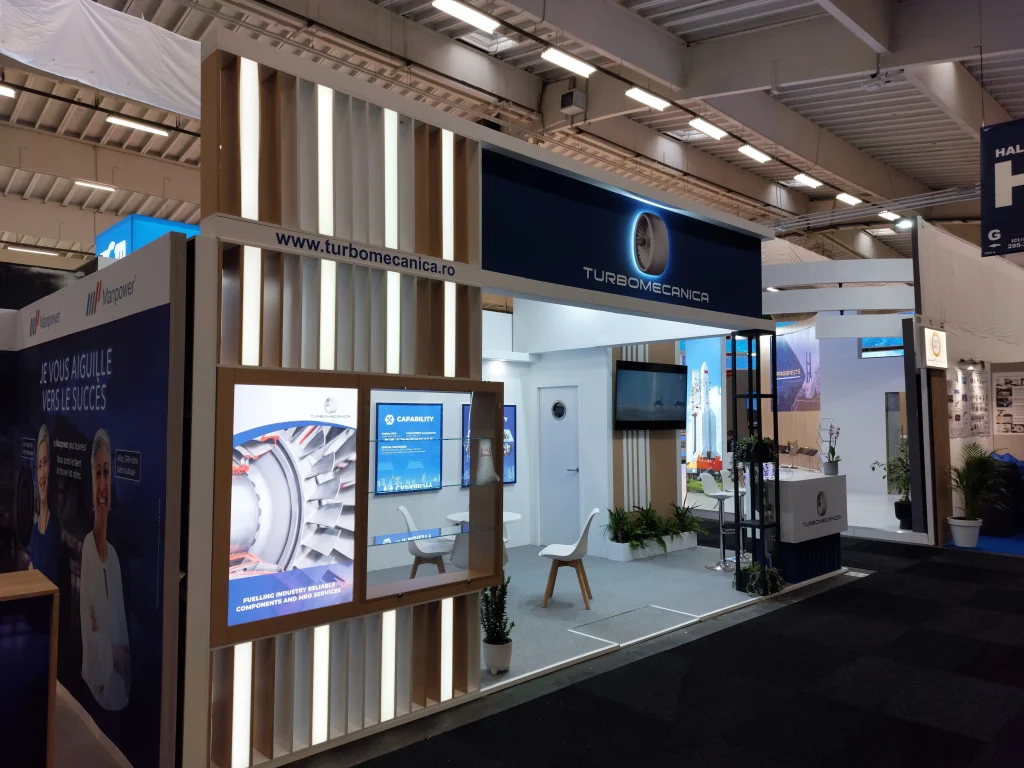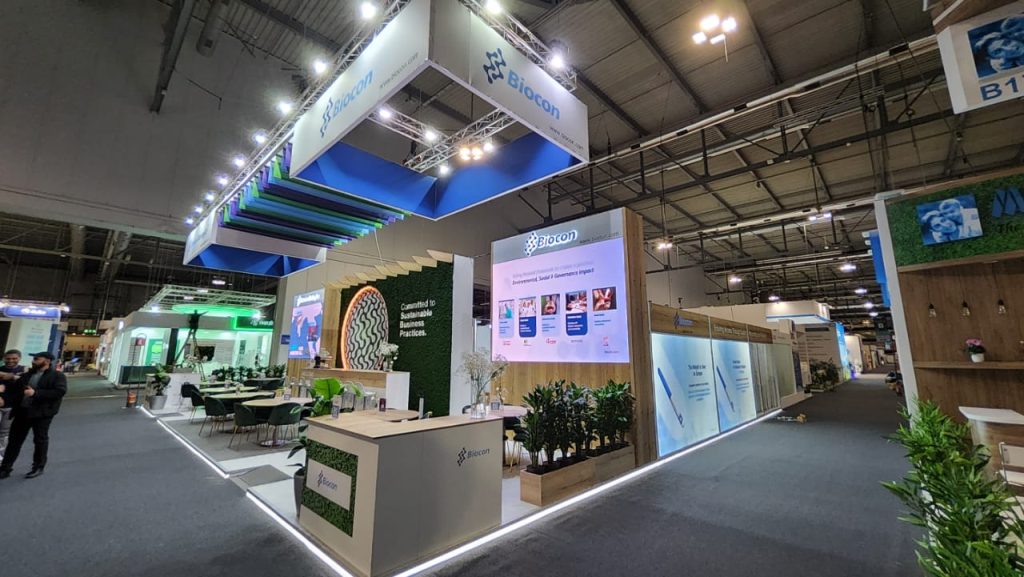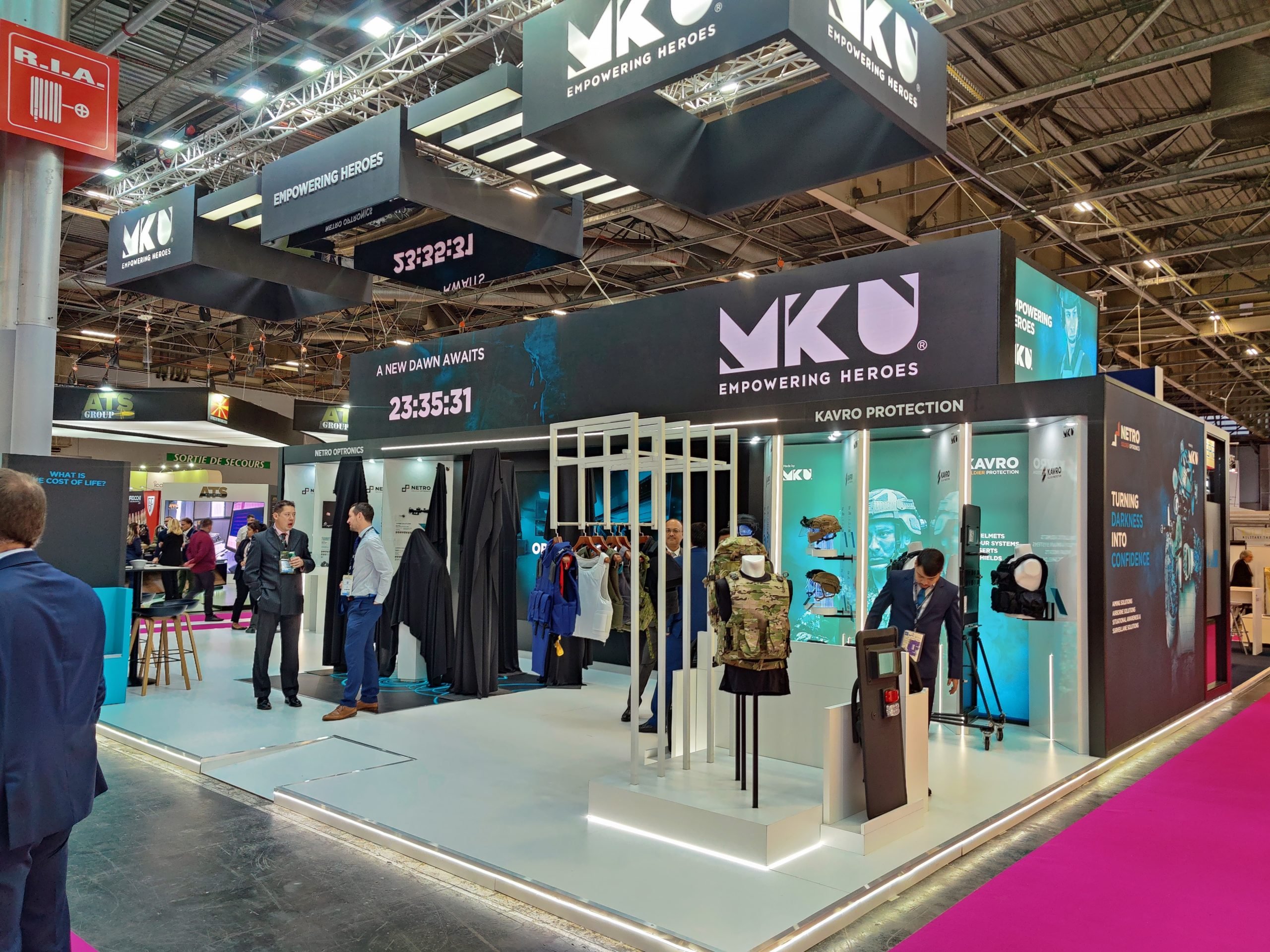
Introduction:
In the bustling environment of trade shows, where hundreds of booths vie for attention, personalization has emerged as a key strategy to stand out and engage visitors. Personalization in trade show booth design involves tailoring the experience to meet the unique needs, preferences, and behaviors of individual visitors.
This approach not only attracts more foot traffic but also fosters deeper connections with potential customers. This blog delves into the power of personalization in trade show booth design, highlighting its benefits, strategies, and successful implementations.
The Concept and Benefits of Personalization
Understanding Personalization
Personalization in the context of trade show booth design means creating a bespoke experience for each visitor. This can include customized interactions, content tailored to individual interests, and adaptable booth designs that cater to various audience segments.
Key Benefits
- Enhanced Engagement: Personalized experiences capture and retain visitor attention more effectively.
- Increased Satisfaction: Visitors appreciate experiences that feel tailored to their specific interests and needs.
- Stronger Connections: Personalization helps build deeper, more meaningful relationships between the brand and visitors.
- Higher Conversion Rates: Engaged and satisfied visitors are more likely to become leads and customers.
Strategies for Personalizing Trade Show Booths
Pre-Show Personalization
- Targeted Invitations: Send personalized invitations to potential attendees based on their interests and previous interactions with your brand.
- Customized Pre-Show Content: Provide tailored content, such as emails, videos, or webinars, to engage your audience before the event.
On-Site Personalization
- Interactive Technology: Use touchscreens, VR/AR experiences, and mobile apps to provide personalized content and interactions.
- Personalized Greetings: Train staff to greet visitors by name and tailor their pitch based on visitor profiles or badges.
- Dynamic Displays: Implement digital displays that adapt content based on visitor preferences and interactions.
Post-Show Personalization
- Follow-Up Communications: Send personalized thank-you notes, follow-up emails, and offers based on visitor interactions and expressed interests.
- Customized Reports: Provide tailored reports or summaries of booth activities and content that were most relevant to each visitor.
Tools and Technologies for Personalization
Data Collection and Analytics
- CRM Systems: Use customer relationship management (CRM) systems to gather and analyze visitor data before, during, and after the event.
- Surveys and Feedback Forms: Collect visitor feedback through surveys and forms to understand their preferences and improve future personalization efforts.
Interactive Technologies
- RFID and NFC: Use RFID and NFC technology to track visitor movements and interactions within the booth, enabling real-time personalization.
- Beacon Technology: Implement beacon technology to send personalized messages and offers to visitors’ smartphones as they approach different areas of the booth.
Content Management Systems
- Dynamic Content Platforms: Use platforms that allow for real-time content updates and personalization based on visitor interactions and data.
- Personalized Video Content: Create video content that can be customized for individual visitors, highlighting relevant products or services.
Practical Tips for Implementing Personalization
Know Your Audience
- Segment Your Audience: Divide your audience into segments based on demographics, interests, and behaviors to tailor experiences more effectively.
- Use Data Wisely: Leverage data from previous interactions, surveys, and CRM systems to inform your personalization strategy.
Invest in Technology
- Choose the Right Tools: Select technologies that align with your personalization goals and budget.
- Train Your Team: Ensure your team is well-versed in using personalization technologies and interacting with visitors in a personalized manner.
Measure and Optimize
- Track Performance: Use analytics to measure the effectiveness of your personalization efforts and identify areas for improvement.
- Solicit Feedback: Regularly collect visitor feedback to refine and enhance your personalization strategy.
Conclusion
The power of personalization in trade show booth design lies in its ability to create engaging, memorable, and meaningful experiences for visitors. By understanding your audience, leveraging the right technologies, and continuously optimizing your approach, you can transform your trade show booth into a dynamic and personalized space that stands out in a crowded exhibition hall.
As personalization becomes increasingly important in the digital age, businesses that embrace these strategies will not only attract more visitors but also build stronger, long-lasting relationships with their audience.

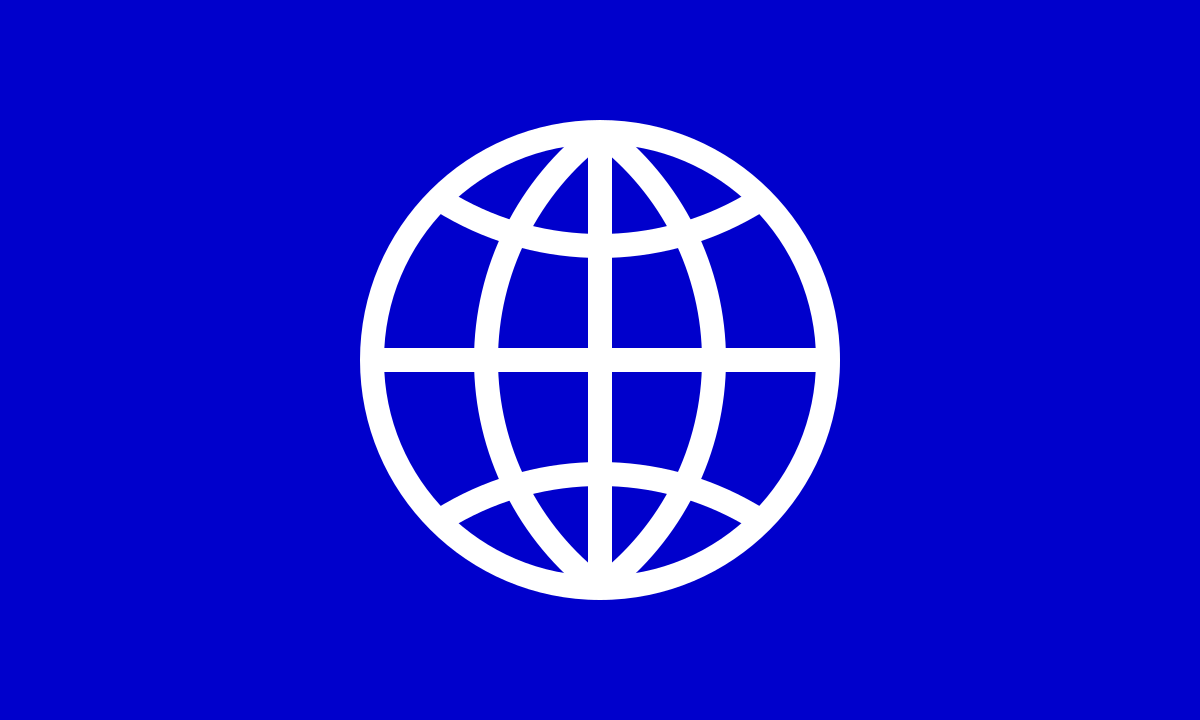 Global
Global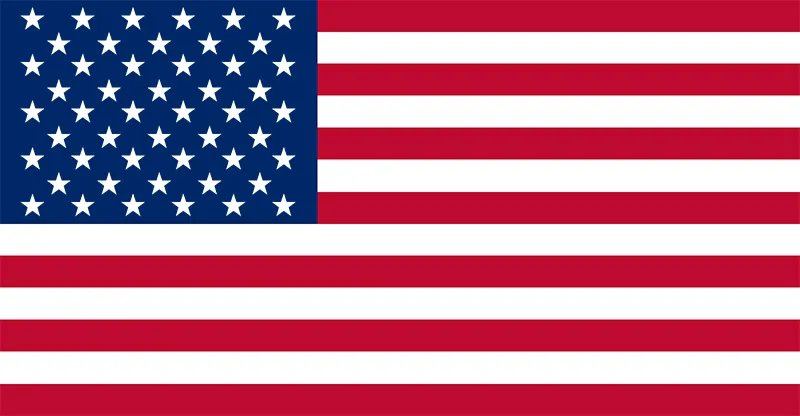 USA
USA